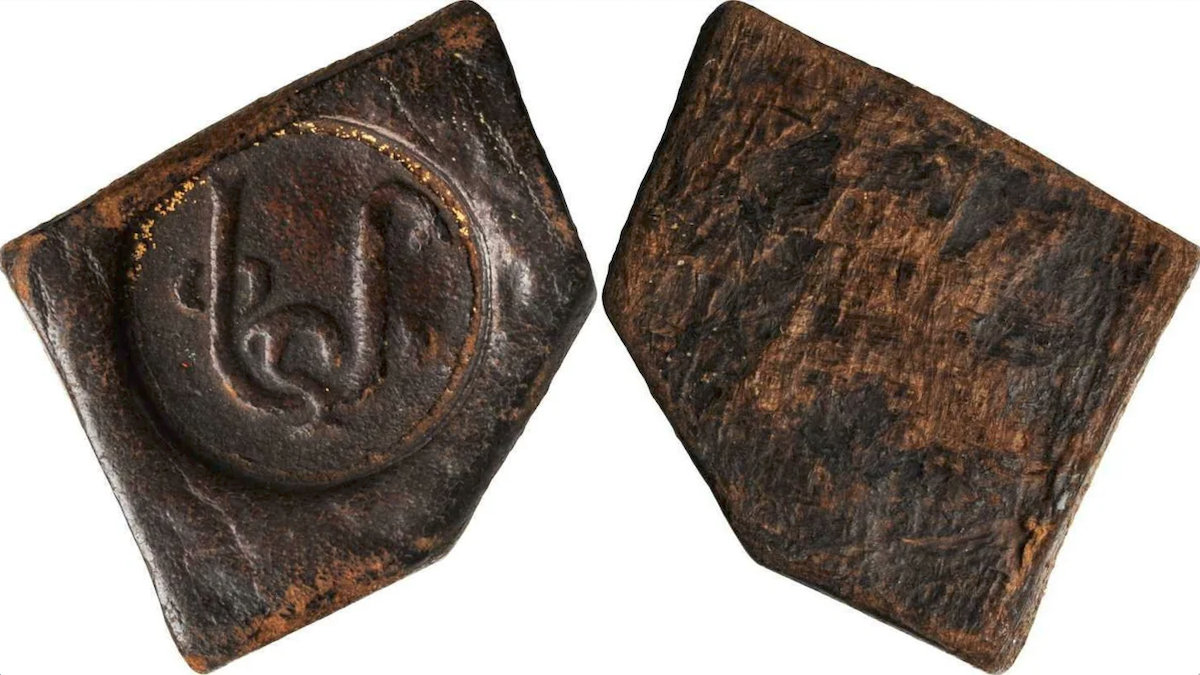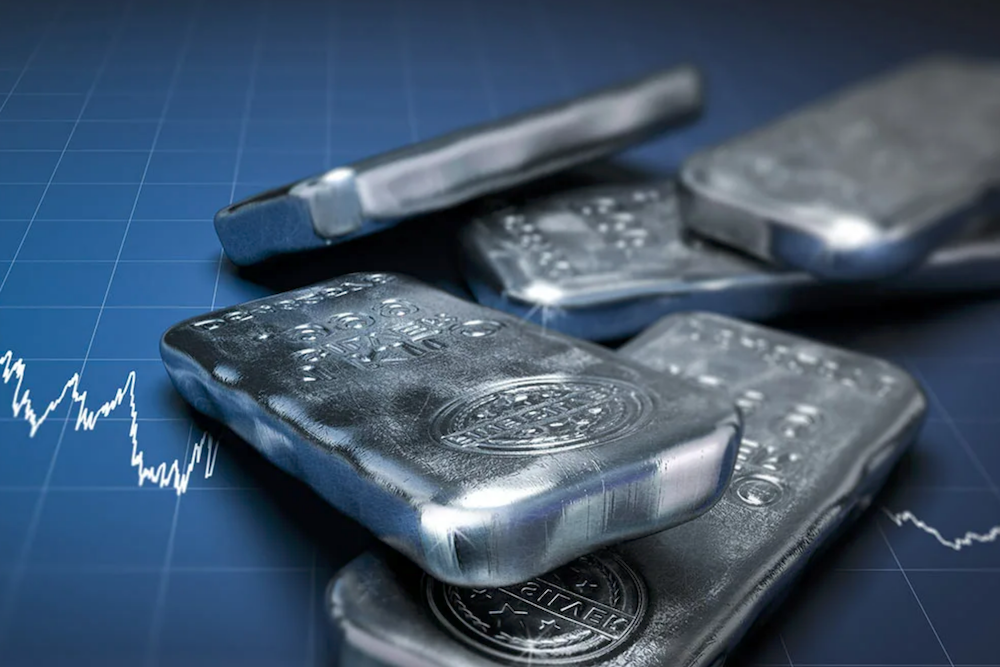Interesting Facts about Russian Money

Throughout our lives, each of us uses money, but what do we know about banknotes, other than that they are always in short supply? With this article, we open a series of publications about monetary equivalents from different countries of the world and start with the Russian Federation.
Russian money has a very interesting and rich history. Constant crises in the economy, problems in the political sphere have constantly had a negative impact on them, but so far they have not been able to bring them down. Various interesting facts about Russian money are known in history.
Batch of coins issued by mistake
After the death of Emperor Alexander I, his eldest son, Constantine, was to take his place. Before this event, the mint issued new coins with the image of the future emperor.
They were planned to be put into use immediately after the coronation of Constantine, however, instead of him, the reins of government of the Russian Empire were taken over by his younger brother Nicholas. As a result, all issued coins were sent for remelting.
Money made of leather

At the time when Alaska belonged to Russia, leather money was made on these lands, and seal skin was used in the production process. Approximately ten thousand banknotes, which have absolute financial power, were released into circulation. These banknotes have been used successfully for many decades. Nowadays, only in rare collections of numismatists can you find such a copy.
The smallest coin
This copper specimen was produced in 1700. Under the reign of Peter the Great, it was equal to 1/8 of a kopeck. Such money was issued only for one year, since minting such a small coin was extremely unprofitable.
Also in the time of Peter the Great, there were “maroon signs”. Bearers of such signs could wear a mustache and beard. The presentation of such a sign meant that the tax on the beard and moustache was paid. After the abolition of this tax, the remaining “maroon signs” were sometimes used as a bargaining chip. Today they are almost impossible to find, if only in some private collections there are rare specimens.
How did the penny come about?

According to one version, Russians owe the origin of this monetary unit to Ivan the Terrible. During his reign, money was minted with the image of Ivan the Terrible, who strikes a snake with a spear. It was by his decree that money began to be called “kopeiny”. And another version says that the name “kopeyka” comes from the word “save”.
In the list of interesting facts about money in Russia, you can also highlight the presence of the heaviest and largest coin in size. This is a copper ruble issued during the reign of Catherine the Great. The coin weighed 1600 grams, its size was 188*188 mm.
In modern Russia, the largest coin is considered to be 50 thousand rubles, issued in 2010. Its weight is 5 kilograms of pure gold, the circulation of the issue is only 50 pieces. The actual cost of one such copy for 2020 was more than 19 million rubles.
One of the interesting facts about money in Russia is the Soviet gold chervonets, which was the only gold coin in the USSR and the only hard currency in the history of the Soviet Union.
Russia is also the only country in which platinum coins were issued for regular circulation from 1828 to 1845. One of the reasons for the appearance of such coins was the melting point of the material-more than 1700 degrees. Such money did not suffer during the fire, which was very important for storing it at home.
Minting of this money was discontinued due to the fall in the value of platinum. The second time platinum coins were issued in the late seventies of the last century, however, they did not appear in circulation. Platinum copies were issued as part of the coin program of the Olympiad. The largest denomination of platinum money was 150 rubles.
Interesting facts about money in the old days can also be attributed to the appearance of the first counterfeiters. During the reign of Catherine the Great, banknotes were issued in denominations of 25, 50, 75 and 100 rubles. With their release, the first counterfeiters appeared, the most experienced of them managed to change bills of 25 rubles to 75. As a result, an order was issued to withdraw from circulation banknotes with a face value of 75 rubles.
Bank cards on the territory of Russia appeared only in the early nineties of the last century. Since then, the number of cards has increased significantly and continues to grow constantly. And in 2012, the production of one-and five-kopeck coins was officially closed.
In the history of this country, bilingual coins were issued. In the period from 1832 to 1850, coins were minted in St. Petersburg and Warsaw for circulation in Poland, the legend of which was in two languages-Polish and Russian. In addition, such coins had a double face value – in rubles, kopecks and in zlotys, pennies. A little later, ordinary Russian coins were used in Poland.
There are a huge number of other facts from the history of banknotes, you can learn about them from collectors or from specialized literature.














Leave a Reply